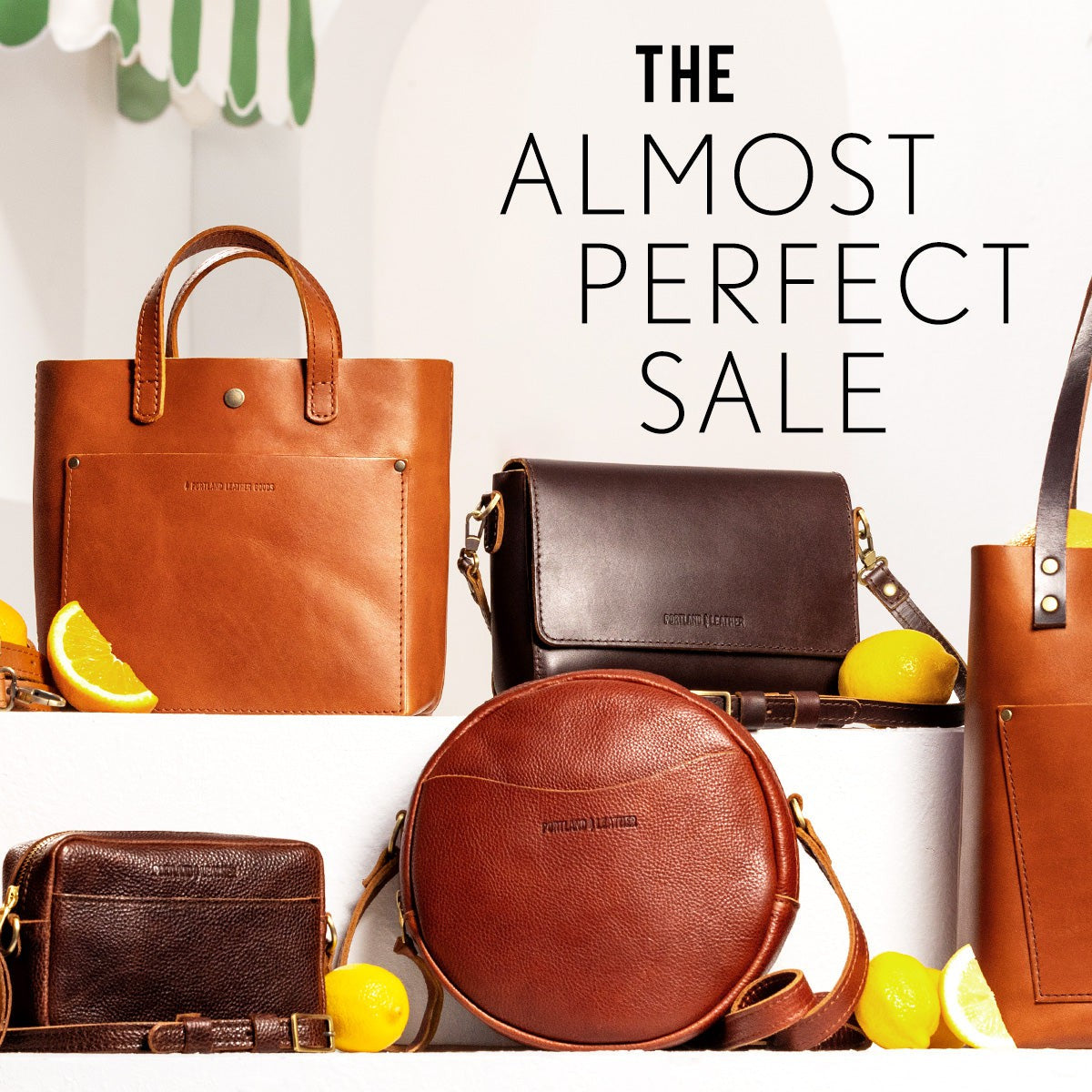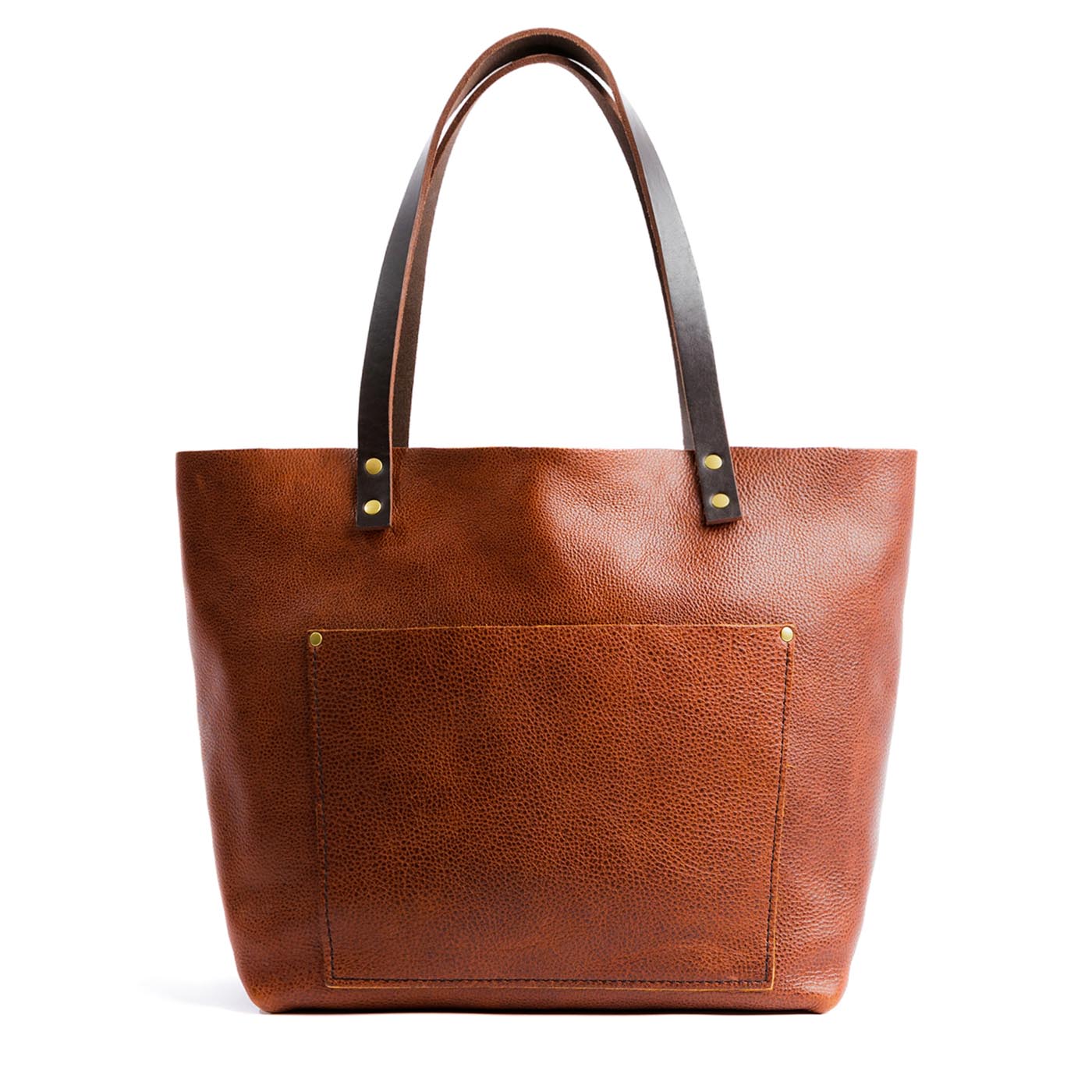Portland Leather Goods are designed in Portland, Oregon, but the majority of their products are handcrafted and manufactured in their workshops in León, Mexico.

Table of Contents

The Portland, Oregon Connection: Design and Roots
Unpacking the “Made In” Label: The Role of León, Mexico
What Kind of Leather Does Portland Leather Goods Use?
How Does This Manufacturing Model Affect Quality and Price?
Comparing Global Craftsmanship: What Defines a Quality Leather Bag?

Where Are Portland Leather Goods Made? A Guide to Brand Excellence
Portland Leather Goods has captured a significant following with its popular and accessible leather products. A common question from discerning customers and new admirers alike is about the origin of their items. Understanding where and how these popular bags are made is crucial for evaluating their quality, ethics, and overall value. The company’s unique production model blends American design with international craftsmanship, creating a fascinating story behind each tote, backpack, and wallet.
The brand’s identity is deeply tied to its namesake city. All product design, marketing, and business operations are headquartered in Portland, Oregon. This is where the aesthetic is born—a blend of Pacific Northwest ruggedness and minimalist, functional style. The creative direction and initial concepts originate here, shaping the look and feel that customers have come to recognize and love. The “Portland” in the name signifies the brand’s soul and design philosophy, not its entire manufacturing footprint.
Unpacking the “Made In” Label: The Role of León, Mexico
While the designs hail from Oregon, the physical creation of most Portland Leather Goods products takes place in León, Guanajuato, Mexico. This might surprise some, but it is a deliberate choice rooted in history and skill. The company operates its own workshops, often referred to as “The Studio,” in León, where skilled artisans cut, sew, and finish the leather goods. This bi-national approach allows the brand to leverage different strengths: American design sensibilities and Mexico’s rich heritage in leatherworking.
This is not a case of outsourcing to a random third-party factory. Portland Leather Goods established and manages its own production facilities in Mexico. This direct oversight allows for greater control over quality, working conditions, and the final product, distinguishing their model from brands that simply contract with existing factories without deep involvement.
Why León? A City Steeped in Leather History
The choice of León is strategic and significant. Known as the “Leather Capital of the World,” León has a legacy of tanning and leather craftsmanship that spans centuries. The city is home to a multi-generational workforce of highly skilled leather artisans, tanneries, and suppliers. This ecosystem provides access to a deep well of talent and expertise that is difficult to replicate elsewhere.
By establishing their workshops in León, Portland Leather Goods taps into this profound heritage. The artisans there possess an innate understanding of the material, with techniques passed down through families. This historical context is a key ingredient in the brand’s ability to produce items at scale while maintaining a handcrafted feel.
What Does Their Mexican Factory Handle?
The workshops in León are responsible for the entire physical production process. This includes:
- Cutting: The leather hides are inspected and precisely cut into the patterns for each product.
- Assembly: The cut pieces are stitched and assembled by experienced craftspeople.
- Finishing: Hardware like rivets and zippers is attached, and final quality checks are performed before the products are prepared for shipment.
Essentially, from the moment the tanned hide arrives at the workshop to the point a finished bag is ready to be sold, the work is performed by their team in Mexico.
What Kind of Leather Does Portland Leather Goods Use?
The quality of any leather item begins with its core material. Portland Leather Goods primarily uses full-grain leather, which is widely considered the highest quality grade. Full-grain leather comes from the top layer of the hide and includes all the natural grain, with its inherent imperfections and unique character. This makes it incredibly durable and allows it to develop a beautiful patina over time—a rich sheen and character that emerges with use.
Sourcing Hides: The Origin of the Raw Materials
The hides themselves are sourced from various locations, with a significant portion coming from the U.S. beef industry. This means the raw material often begins its journey in the United States before being shipped to tanneries for processing. The brand emphasizes using the entire hide to minimize waste, which explains the natural variations like scars, brands, or color differences you might find on their products. These are not defects but rather marks of authenticity.
The Tanning Process and Leather Quality
After sourcing, the hides undergo a tanning process to become the durable material used in the final products. While specific methods can vary, the goal is to create a leather that is both supple and strong. The quality of the full-grain leather used by the brand is a major selling point, offering a premium feel and long-lasting performance that belies its often accessible price point.
How Does This Manufacturing Model Affect Quality and Price?
The decision to manufacture in Mexico is a key factor in Portland Leather Goods’ business model, influencing its product pricing, quality control, and ethical standing. This structure presents a blend of advantages and points for consideration for any consumer.
The Balance Between Craftsmanship and Affordability
Manufacturing in León allows the company to offer handcrafted, full-grain leather products at a price point that is significantly lower than many U.S.- or European-made competitors. The cost of skilled labor in Mexico, while fair for the region, is less than it would be in the United States. This cost efficiency is passed on to the consumer, making high-quality leather goods more accessible.
The potential trade-off is often consistency. While the brand touts its quality control, producing items at such a large scale can sometimes lead to variations. However, their use of robust materials like full-grain leather and heavy-duty hardware ensures the core product remains durable and functional.
Ethical Considerations and Workshop Conditions
A frequent question related to overseas manufacturing involves ethics. Because Portland Leather Goods owns and operates its workshops, it maintains direct control over the working environment. The company states it is committed to paying fair wages and providing a positive workplace for its artisans in León. This direct-ownership model is generally viewed more favorably than outsourcing to third-party factories where oversight can be limited, as it allows for the implementation and enforcement of the company’s own labor standards.
Comparing Global Craftsmanship: What Defines a Quality Leather Bag?
Understanding where a product is made is only part of the story. The true measure of excellence lies in the combination of materials, construction, and design philosophy. When evaluating any leather product, whether from Portland Leather Goods or another artisan brand, certain hallmarks of quality are universal.
The table below breaks down key elements that contribute to a premium leather good.
| Feature | Description | Why It Matters |
|---|---|---|
| Leather Grade | Full-grain is the top tier, followed by top-grain, genuine, and bonded leather. | Full-grain leather is the strongest and most durable. It ages beautifully, developing a unique patina. |
| Construction | Look for durable stitching (saddle stitching is a gold standard) and reinforced stress points. | Proper construction ensures the bag can withstand daily use and carry weight without seams failing. |
| Hardware | Solid brass, stainless steel, or nickel-plated hardware resists rust and breakage. | Zippers, clasps, and rivets are common failure points; quality hardware is essential for longevity. |
| Finishing | Check for cleanly burnished or painted edges and meticulous attention to detail. | Well-finished edges prevent fraying and indicate a higher level of craftsmanship. |
The Hallmarks of Full-Grain Leather
A commitment to superior materials is non-negotiable for a lasting product. True quality begins with the hide itself. At Beldturaleather, we believe that the soul of a bag is found in its material, which is why we exclusively use the finest full-grain leather. Unlike corrected grades, full-grain showcases the hide’s natural texture, strength, and character. This commitment ensures that every product is not only durable but also tells a unique story as it ages with its owner.
The Importance of Handcrafted Details
Beyond the material, the human touch is what elevates a good product to an exceptional one. Handcrafted construction allows for a level of care and precision that mass production cannot match. Paying attention to details like reinforced stitching at handles and corners, smoothly finished edges, and thoughtfully placed hardware are the true signs of brand excellence. These elements ensure that a leather bag is not just an accessory, but a reliable companion built to last a lifetime.



